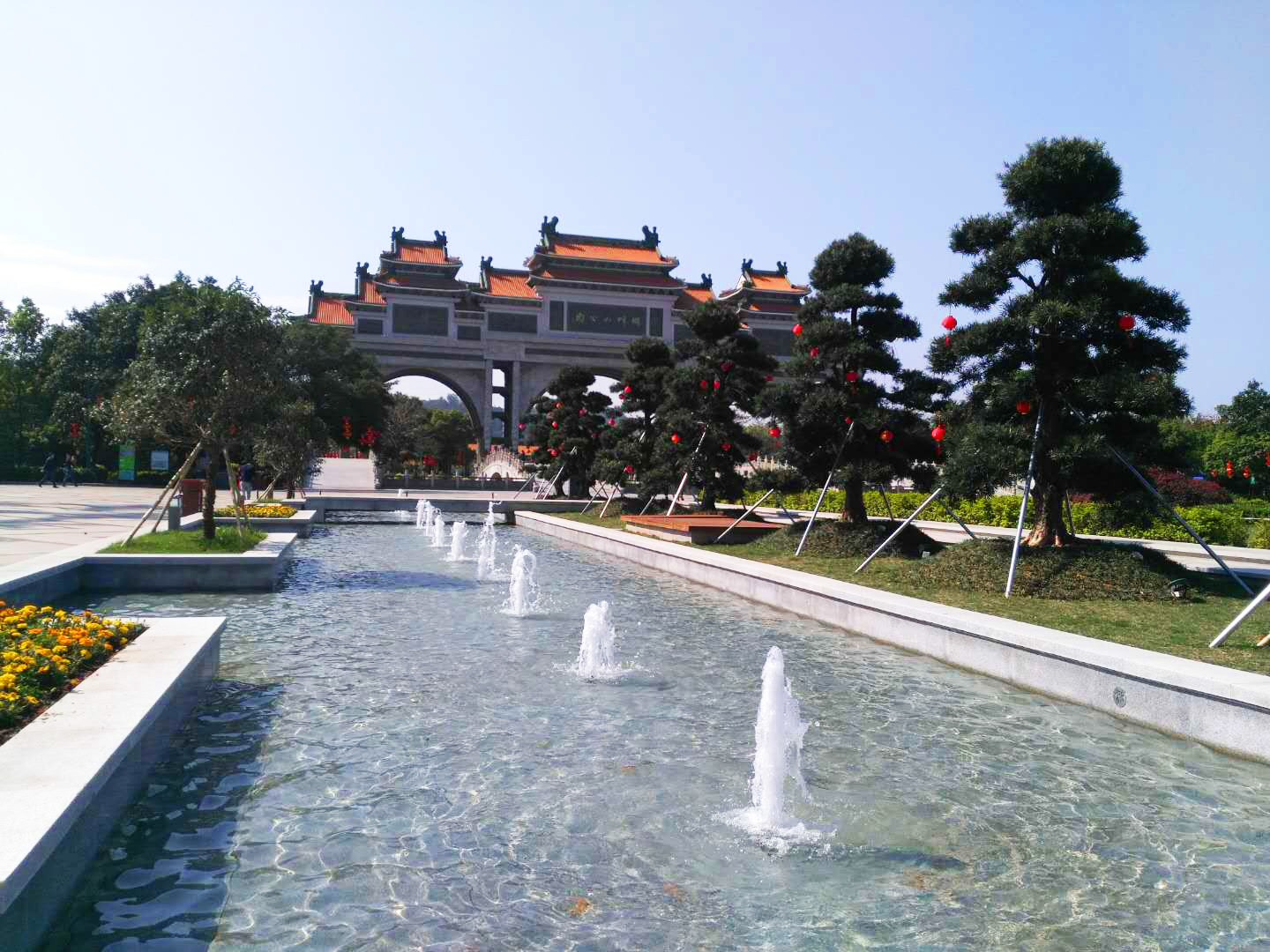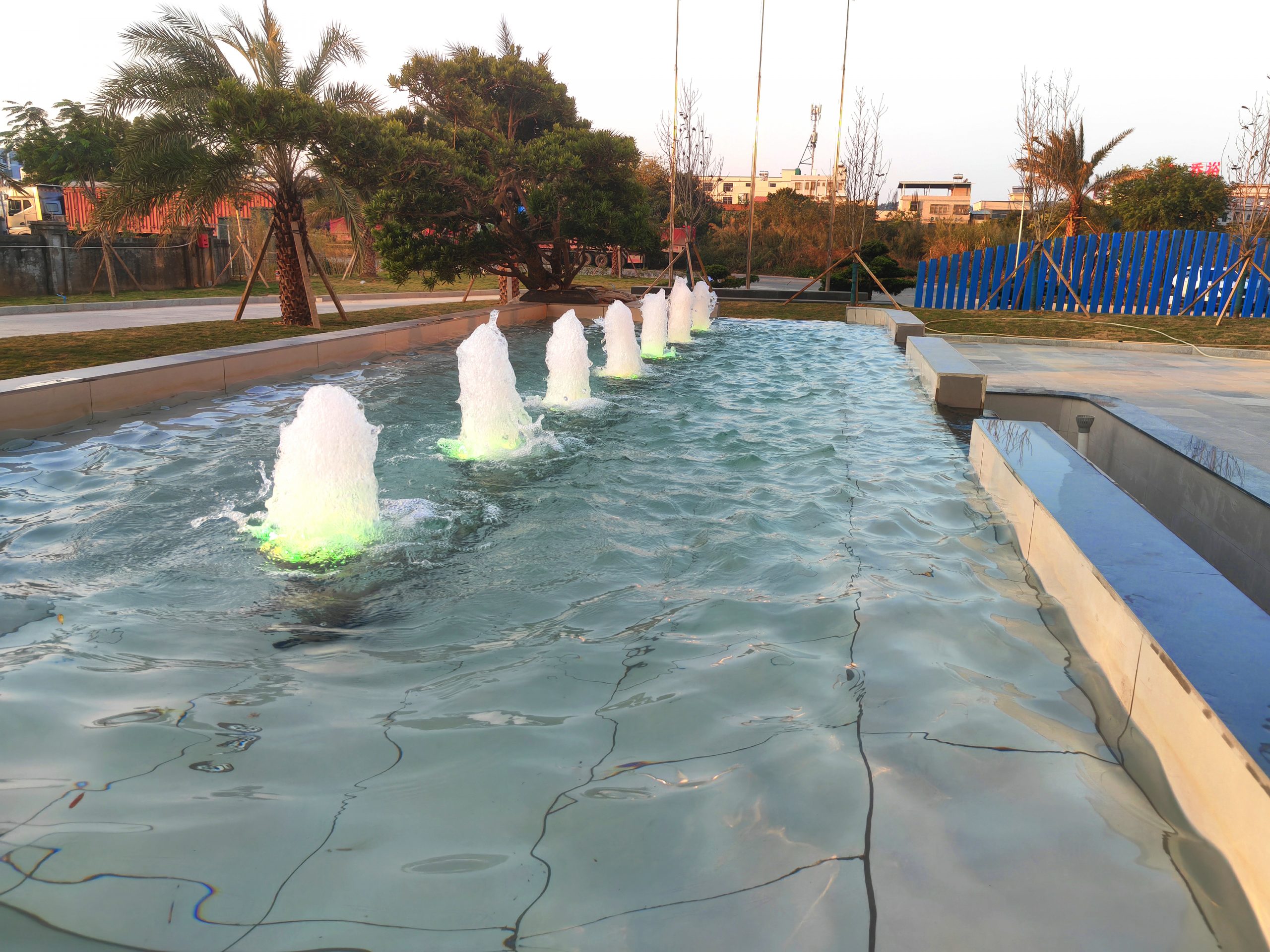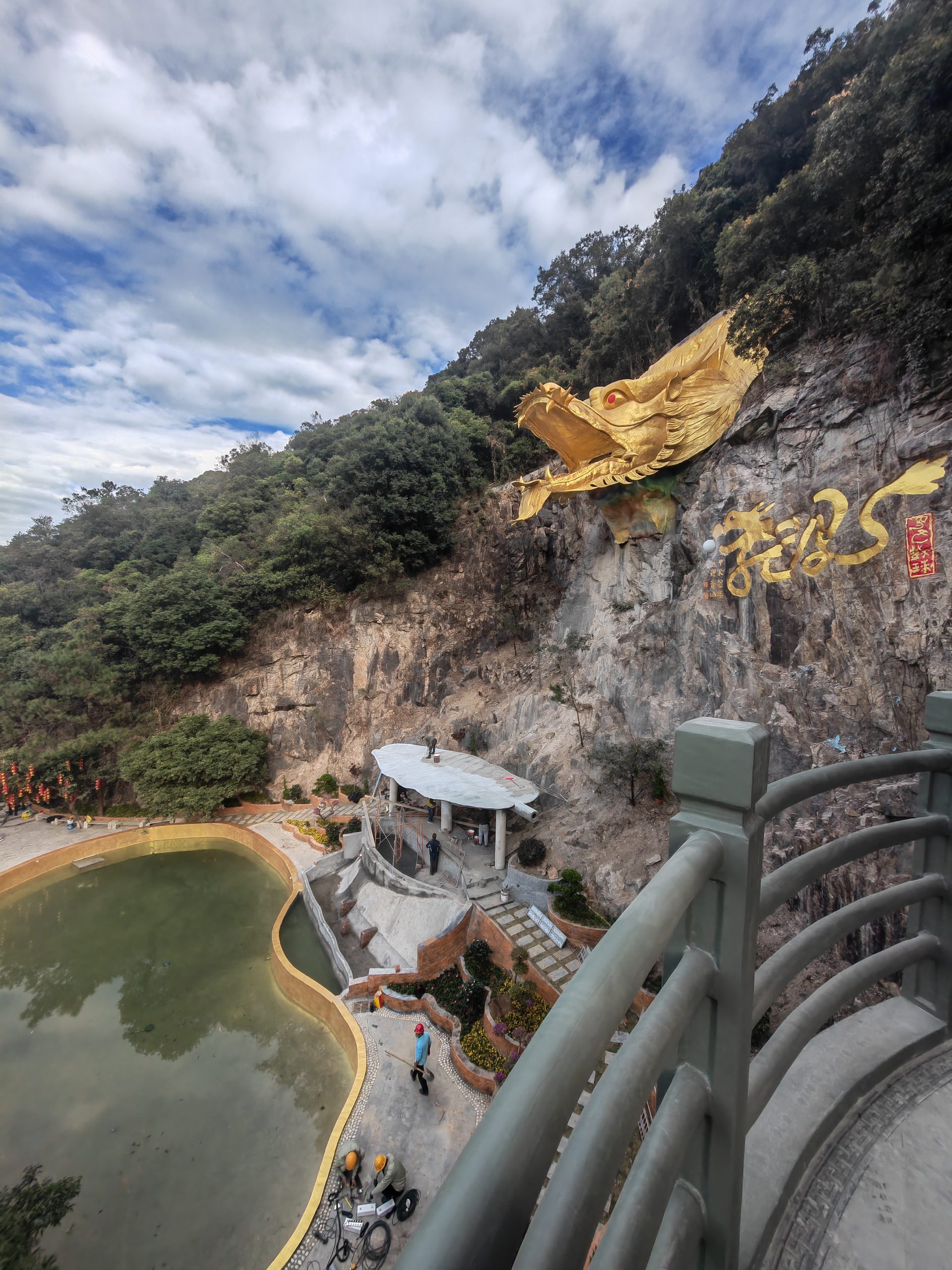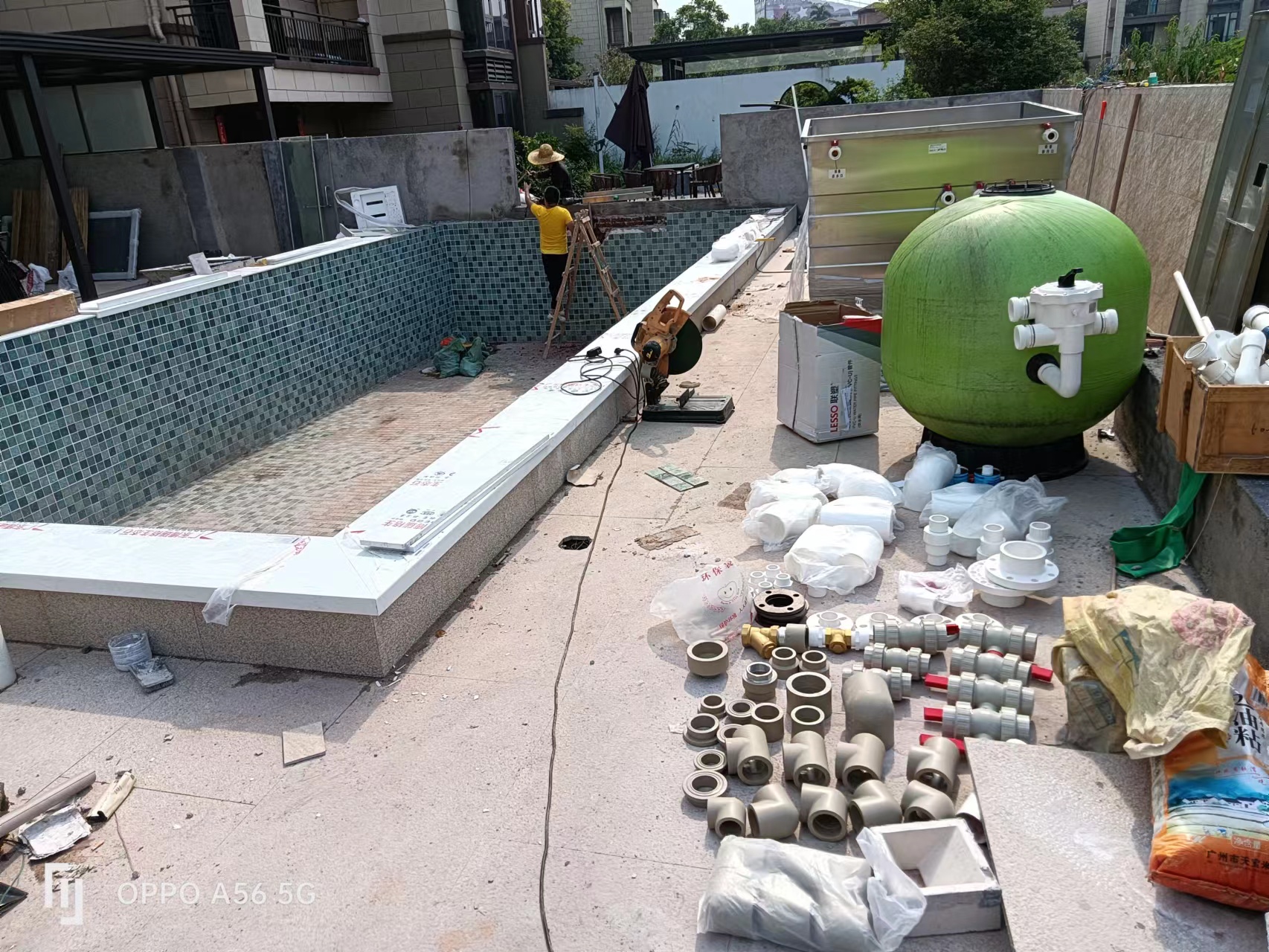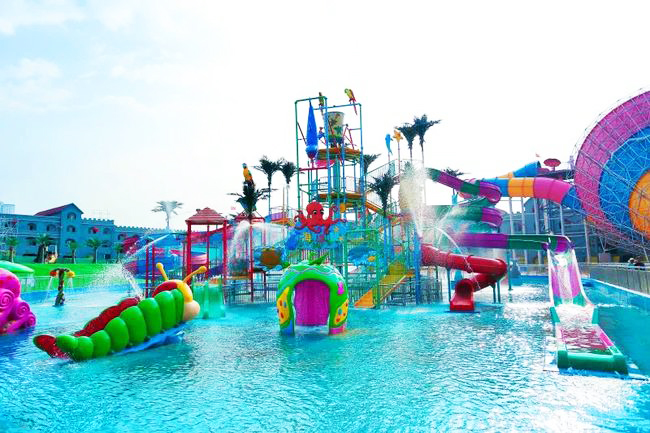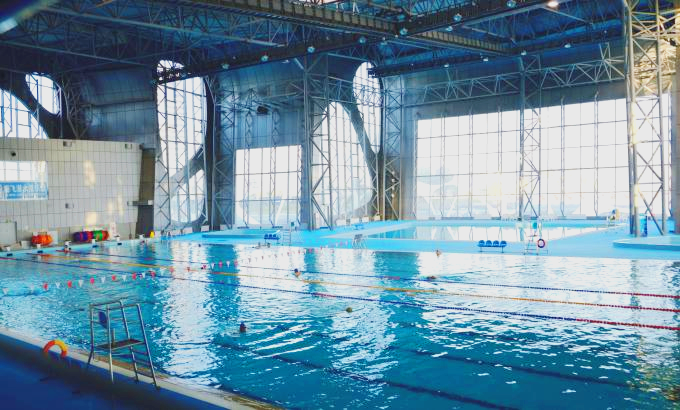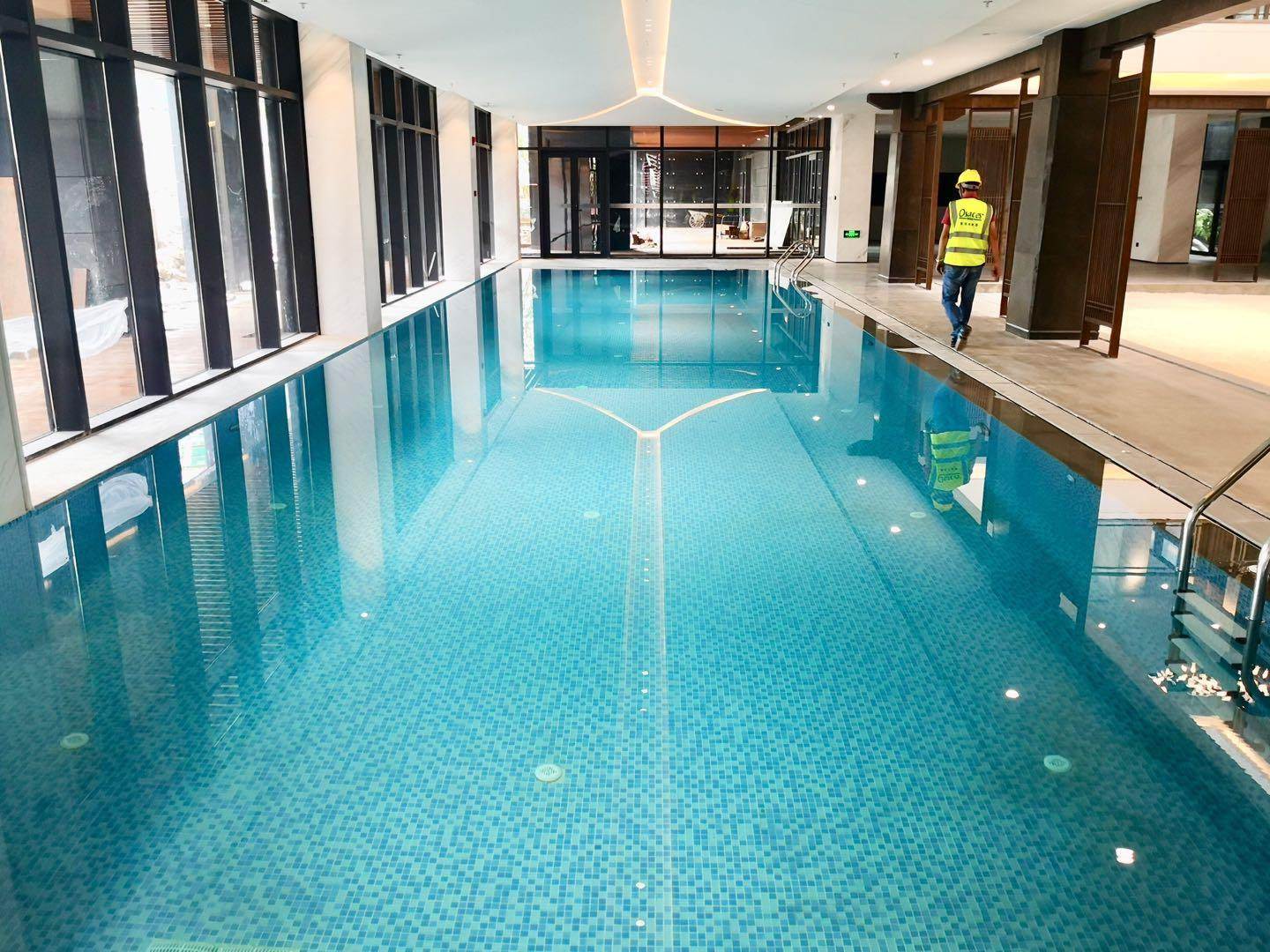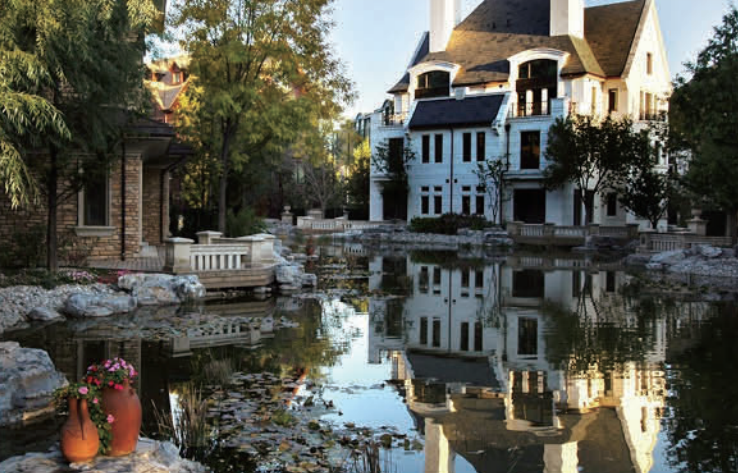News Center
contact details
 Ollies (Guangzhou) Recreation and Sports Equipment Co.
Ollies (Guangzhou) Recreation and Sports Equipment Co.Tel: (020) 82686289
Fax: 020-82694853
Headquarter: No.31-37, Xincun 2 Road, Shangjiang North Street, Dongzhou Village, Xintang Town, Zengcheng City, Guangzhou, Guangdong, China
Reveal the password of the top fish pond filtration: filter media layering golden ratio + anaerobic / aerobic area with strategy
As a technical engineer in the design and construction of fish pond filtration systems, I am well aware of the science of filter media sequencing and the decisive role that construction details play in water quality management. In this article, I will start fromUnderlying logic, construction process, filter material selection, operation and maintenance experienceFour dimensions, combined with 10 years of engineering cases, systematically analyze how to build an efficient and stable fish pond filtration system.
I. The underlying logic of the filter sequence: three core principles
-
Principles of hierarchical treatment
- Physical → biochemical → functional regulation: Intercept particles step by step → decompose soluble pollutants → regulate water quality parameters (pH, hardness, etc.), avoiding "transgressive pollution" leading to system collapse.
- Key indicatorsPhysical filtration needs to intercept more than 80% suspended matter (particle size > 50μm), biochemical filter media specific surface area is recommended to be > 800 square meters/m³ (such as nano-balls are better than ceramic rings).
-
Principles of Dissolved Oxygen and Flow Dynamics
- Aerobic zone (upper drip/overflow): Filter media gap rate > 60% (e.g., K1 fluidized bed), dissolved oxygen ≥ 5 mg/L, and promotion of nitrification (NH₃→NO₂-→NO₃-).
- Anaerobic zone (deep/retarded flow zone): Dissolved oxygen ≤1mg/L, with volcanic rock and denitrifying bacteria species, to realize NO₃-→N₂↑ (denitrification).
-
O&M Adaptability Principle
- Cleaning cycle matching: The maintenance rhythm of physical filter media (3-7 days cleaning) and biochemical filter media (3-6 months light washing) needs to be designed in layers to avoid frequent disturbance of the flora.

Second, the construction steps in detail: 50m ³ Koi pond overflow filtration system as an example
Step 1: System Zoning and Hydraulic Calculations
- Flow design: Select the pump (in this case: 75m³/h) according to the volume of water circulation ≥ 1.5 times/h.
- Filter bin volume as a percentage: 20%-30% of the total water body (in this case: 10m³ filtration bin), divided into 4 bins: sedimentation bin → brush bin → biochemical bin → clean water bin.
Step 2: Filter sequence and construction specification
-
Sedimentation bin (30% of filter bin)
- framework: Tapered outfall at the bottom with a baffle at the top to slow down the flow.
- Key details: Distance between inlet and baffle ≥30cm to avoid disturbing sediments; manually discharge bottom dirt 1 time per day.
-
Physical filtration bin (brush bin, accounting for 251 TP3T)
- filter media: 50cm long nylon bristle brush, vertically in close rows (spacing 3-5cm).
- Construction Points: The bottom of the brush is 15cm above the bottom of the bin to prevent dirt buildup; weekly reverse flushing with a high-pressure water gun.
-
Biochemical filtration silo (40%, three levels)
- Tier 1 (aerobic zone): K3 fluidized bed (fill rate 40%), with aeration tubes laid at the bottom of the silo, and a gas-to-water ratio of 1:3.
- Level II (fixed bed): Honeycomb bacterial house (stacking gap 1-2cm) to avoid short-circuiting of water flow.
- Tertiary (anaerobic zone): Volcanic rock (particle size 3-5cm) laid flat 30cm thick, with a cover on top to reduce dissolved oxygen.
-
Shimizu Warehouse (accounting for 5%)
- Equipment Configuration: Water pump + 25W UV lamp (water flow irradiation time ≥ 10 seconds).
- Anti-siphon design: The outlet is above the pool surface to prevent backflow from power outages.
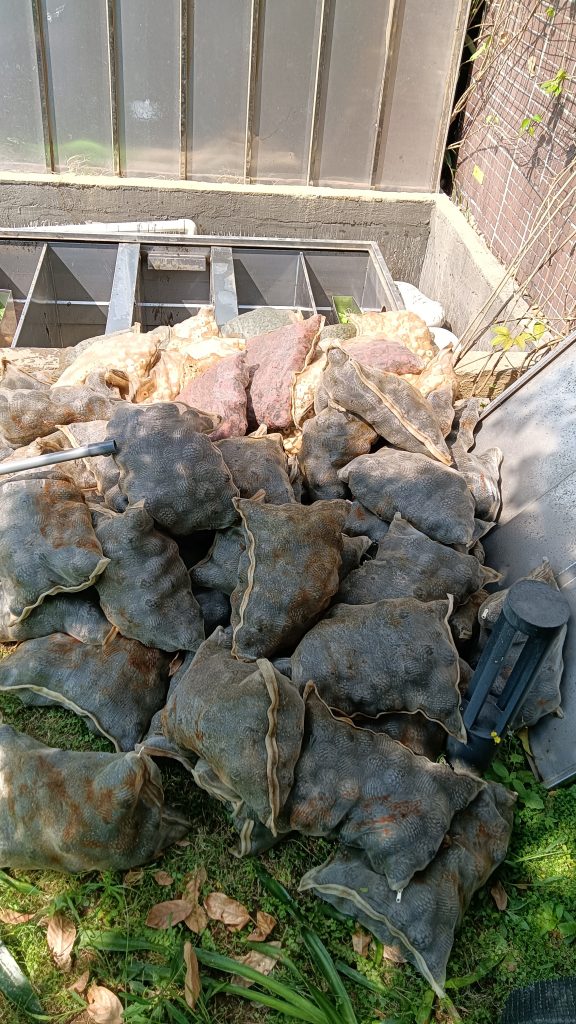
Step 3: System commissioning and colony cultivation
- rapid bacterial growth: Introducing old filter media leachate + commercially available nitrifying bacterial agent, the cycle of ammonia nitrogen degradation can be shortened to 7 days at a water temperature of 25℃.
- water quality monitoring: Daily testing of NH₃ and NO₂- in week 1, meeting the standards (NH₃ <0.1mg/L, NO₂- <0.05mg/L) and then switching to routine O&M.
Third, the selection of filter media to avoid the pit guide: summary of engineering experience
-
Be wary of "ineffective filtration media"
- case (law): A project uses poor quality biochemical ball with a pore size of >5mm and a specific surface area of only 200m2/m³, resulting in ammonia nitrogen exceeding the standard.
- alternative: Selection of nano-sintered rings (specific surface area 1200 m²/m³) or honeycomb ceramics.
-
Geographic water quality adaptation
- Hard water areas (e.g. north): Add 10% coral bone to the end of the biochemical bin to buffer pH fluctuations.
- Soft water areas (e.g. South): Front activated carbon to adsorb acidic impurities, and rear mackintosh to replenish minerals.
-
Optimization of high-density farming scenarios
- Additional equipment: Protein separator (removes 30% organic load) + zeolite emergency adsorption of ammonia nitrogen.
- Redundant design of filter media: Biochemical silo capacity increased by 201 TP3T to prevent sudden feeding contamination.
Fourth, the operation and maintenance of the actual combat: to extend the life of the filter media 3 major techniques
-
Physical Filter Cleaning
- contraindication (medicine)Do not rinse the biochemical filter media with tap water (chlorine residual inactivates the bacterial flora).
- correct handling: Filter cotton was rinsed with fish pond water under light pressure, and brush bins were soaked in 0.31 TP3T potassium permanganate for 10 minutes per month.
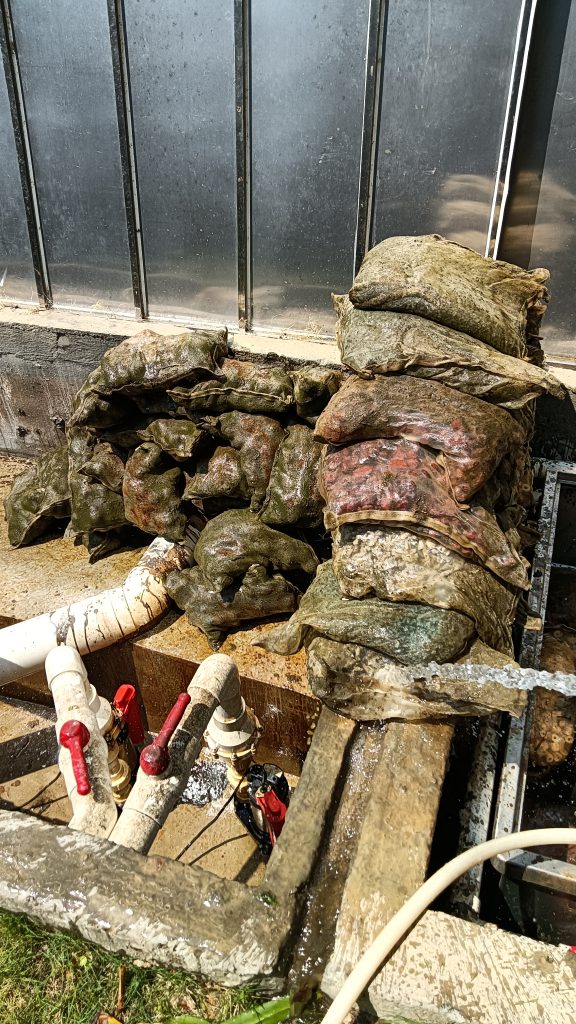
-
Biochemical Systems Stabilization Strategy
- replenishment of flora: Add EM bacteria solution (5ml/m³) quarterly to strengthen decomposition capacity.
- Dissolved Oxygen Assurance: When the dissolved oxygen in the biochemical silo is lower than 3mg/L for a long time, install additional nano gas pan.
-
Seasonal Adjustment Program
- summer recess: UV lights are turned on for 4 hours daily to suppress cyanobacteria outbreaks.
- the cold period of winter: Close the anaerobic silo to avoid NO₂-accumulation triggered by a decrease in denitrification efficiency.
V. Conclusion: The essence of the filter sequence is "ecological niche design".
Excellent fish pond filtration system is essentially a hierarchical purification process that restores natural water through the sequence of filter media. Engineers need to combine the perspectives of fluid mechanics, microbiology, and materials science to find the optimal solution in the dynamic balance of "interception, transformation, and stabilization". Remember.There is no "universal template", only "precise adaptation".--It is the flexible, site-specific design that is the core code for long-lasting water quality.
Related content
- Ministry of Ecology and Environment Releases Scoring Rules for Water Ecology Assessment Indicators in the Yangtze River Basin (for Trial Implementation)
- Homeostatic regulation of fish pond water quality: a systematic solution based on nitrification kinetics and nutrient thresholds
- Koi Pond Maintenance and Protection Guide during the Rainy Season | The Veteran Driver's Handbook of Dampness and Disease Prevention
- Pool water circulation system maintenance guide, goodbye to cloudy water quality to create four seasons of translucent "liquid sapphire".
- From zero to professional: a complete guide to pool equipment configuration that even a beginner can understand
- The Golden Ratio of Swimming Pool Ventilation and Dehumidification Systems: The Balancing Act of Airflow, Humidity and Energy Consumption
- Specific benefits of dehumidifiers for new swimming pools
